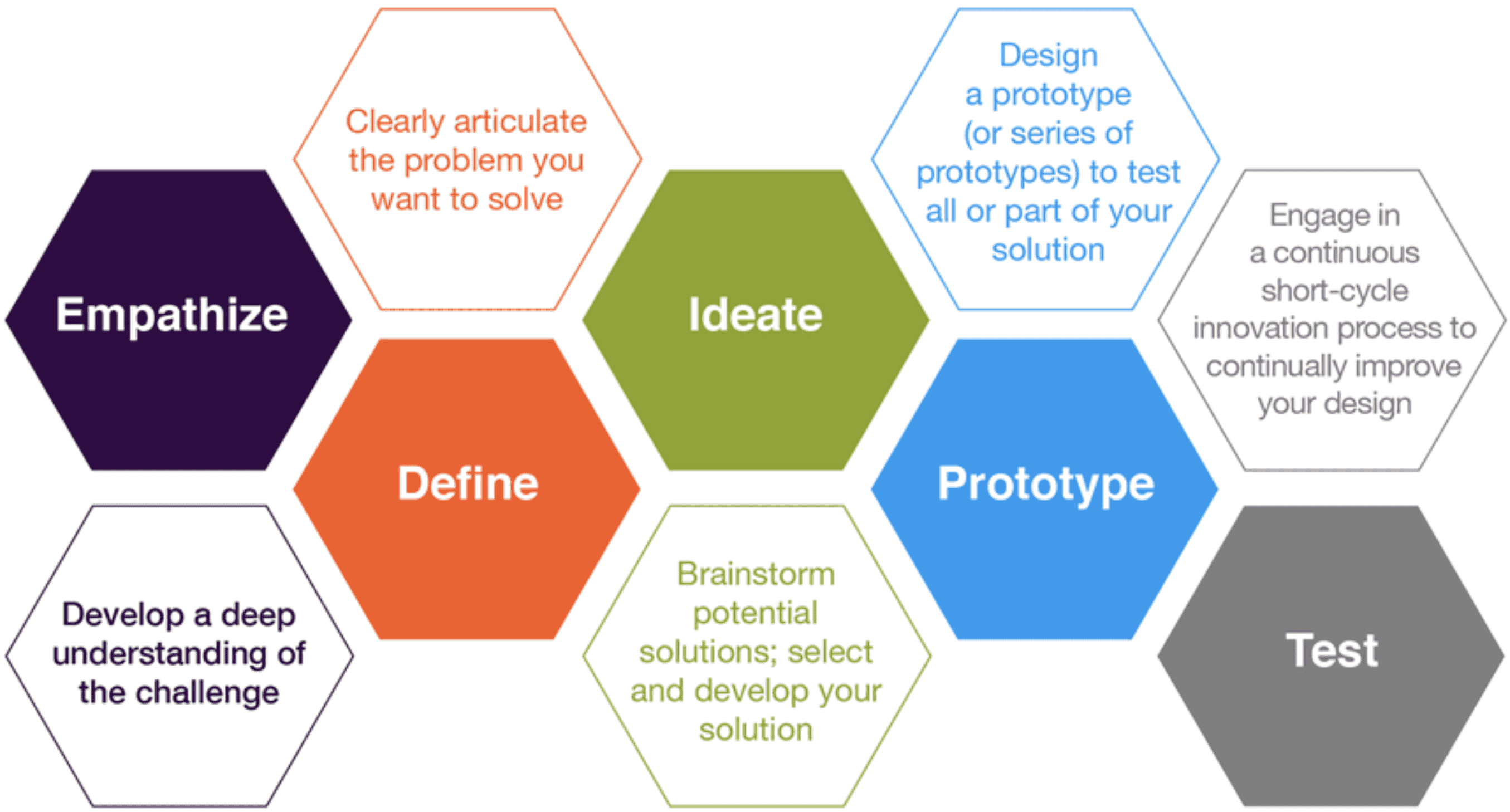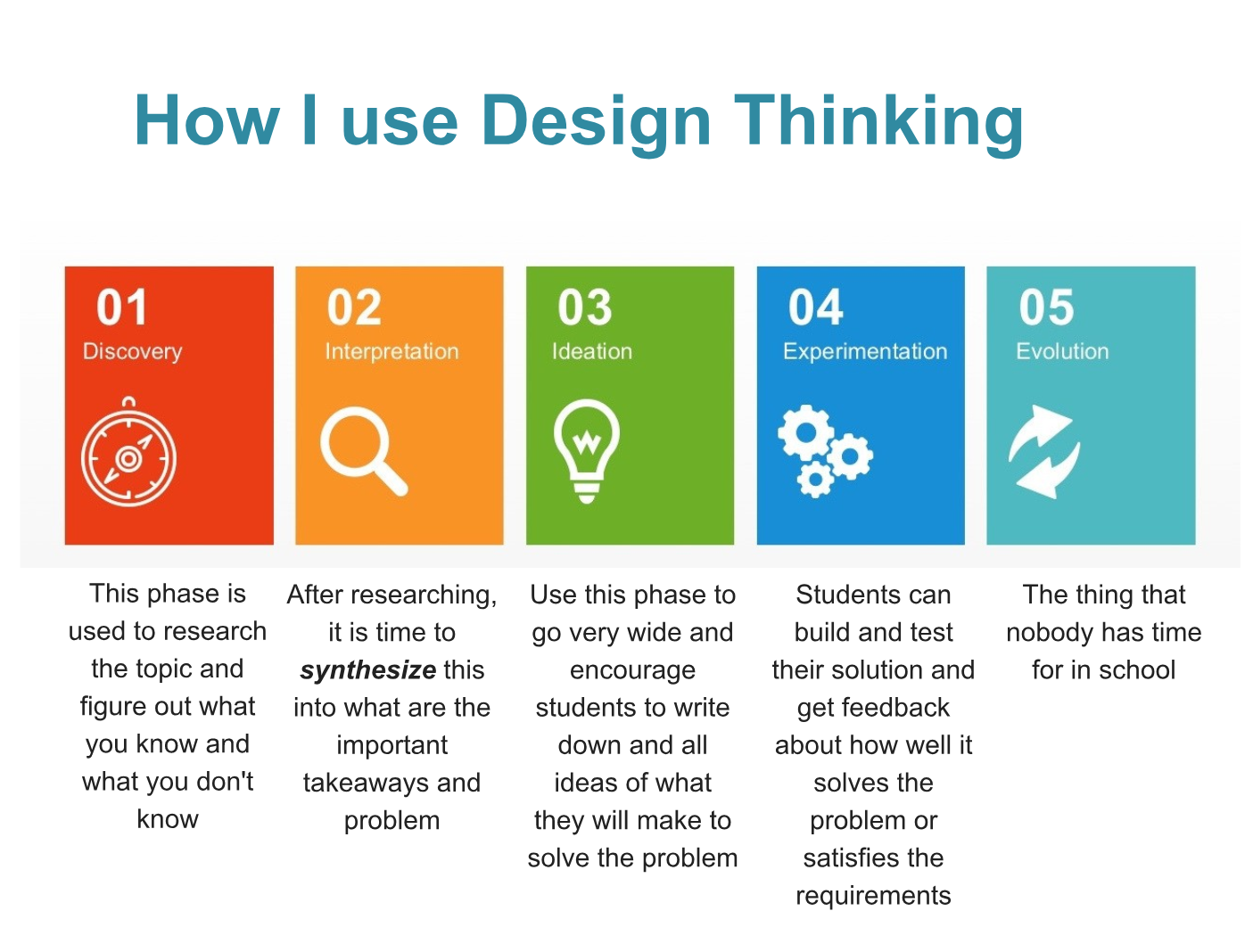The Complete Design Thinking Process 2024 Guide
Table Of Content

Traditionally, companies begin with feasibility or viability and then try to find a problem to fit the solution and push it to the market. Design thinking reverses this process and advocates that teams begin with desirability and bring in the other two lenses later. The mission of the MIT Sloan School of Management is to develop principled, innovative leaders who improve the world and to generate ideas that advance management practice.
The Design Thinking Process: A Step-by-Step Guide

UX researchers also take part in the testing phase and help validate and improve designs. These participants will use the product while you observe their interactions and listen to their feedback. These tasks should reflect common actions users would perform with the product. As users engage with the product, take notes on their behavior, any difficulties they encounter and their feedback. Initially, test early prototypes to catch major usability issues early on.
What UX Deliverables Will You Produce as a Product Designer?
The earlier stages of the process — Empathize, Define, and Ideate — are perfect for bringing in people from across the business. In fact, bringing in varied viewpoints and perspectives can help you come up with more creative or effective solutions. At this stage, your team’s goal is to remove uncertainty around your proposed solutions.

What UX Deliverables Will You Produce as a Content Strategist?
The design thinking process requires the designers to put aside any assumptions and unconscious biases they may have about the situation and put themselves in someone else’s shoes. The design thinking process is not the most intuitive way to solve a problem, but the results that come from it are worth the effort. Here are a few other reasons why implementing the design thinking process for your team is worth it. The design sprint is Google Ventures’ version of the design thinking process, structured to fit the design process in 1 week.
Whether you’re a designer, a teacher, or a CEO, the Design Thinking process will transform the way you think, collaborate, and come up with ideas. By the end of the define phase, you will have a clear problem statement to guide you throughout the design process. As a visual designer, you focus on creating pixel-perfect prototypes that are consistent with the rest of the product. In this sense, visual designers focus on the later phases of the design process, in particular the prototype phase.
You’ve grown to understand your users and their needs in the Empathize stage, and you’ve analyzed your observations in the Define stage to create a user centric problem statement. With this solid background, you and your team members can start to look at the problem from different perspectives and ideate innovative solutions to your problem statement. Let’s take a closer look at what design thinking and user-centered design is and how to apply it to your organization.
The Design-Thinking method for stimulating knowledge transfer in organisations - Universiteit Leiden
The Design-Thinking method for stimulating knowledge transfer in organisations.
Posted: Tue, 20 Jun 2023 07:00:00 GMT [source]
It helped them manage their content and create a digital packet that lets users join online, without the hassles of the old onboarding method. Keep your design and dev teams synced on accessibility work using DSM. With that in mind, let’s explore the principles and pillars of design thinking in more detail. IBM was traditionally an engineering-led organization, but now it's shifting its focus onto design, working to spread a design culture throughout the business. Systems thinking is another approach to problem-solving that looks at the big picture instead of specific problems in isolation.
The 5 stages of design thinking
This stage is the part where you create layouts, experimental product design, prototype testing, and dive into product development (whether it’s a new or existing product). Dive into user testing and usability testing to highlight issues with apps and see what real users are saying about your products. Be sure to take time to identify key stakeholders and create silos to address each of their needs.
As Uber Eats demonstrates, design thinking applies to all aspects of the business. Capital One used design thinking to streamline this process and make it more user-friendly. They did that by getting feedback from consumers and then setting up a SaaS solution called OneView. With a deep design team in place, Capital One started generating innovative ideas and rolling them out to market.
This feedback is then used to refine the solution and may even unearth insights that lead you back to previous steps. This first step is a deep dive into understanding the users' needs, context, and challenges. This empathy-building phase lays the groundwork for the entire Design Thinking process. As a designer, you might invite your colleagues from other departments to harness a diversity of ideas. Design Thinking workshops aren’t just for designers, though; all teams can use and benefit from this creative approach to problem-solving. In the first lesson, you’ll learn what user experience design is and what a UX designer does.
It also ensures that the final output closely aligns with user expectations and needs. Understanding your users’ needs and experiences is the cornerstone of design thinking. This initial phase, often called the ’empathize phase’, can spark innovative solutions that truly connect with real-world users.
Consult Choosing the Right UX Process for Your Software-Development Model by Deepak Arasu for more valuable insights. Everything You Need To Know by Simplilearn for helpful tips, insights and more. If you’d like to learn more about how to employ this technique and where it came from, check out our in-depth SCAMPER guide. Reverse thinking can be a fun way to flip the problem on its head and come up with new ideas. All ideas are then collected and placed in front of the group for discussion.
These tools allow team members to communicate in real-time, share progress, and track tasks efficiently. UX design, on the other hand, often dives deeper into the specifics of user interaction with a particular interface, focusing on elements like usability, accessibility and how engaging the interface is. Regularly review project progress and adjust as necessary, and ensure that changes don’t derail the project's timeline or budget.
It flows between idea generation and evaluation, but it’s important that each process remains separate from the other. Now that the problem you intend to solve is clear, it’s time to brainstorm ways to address those unmet needs. You collect as many ideas as possible at the start, so your team can investigate and test them by the end. As you explore the empathy data, focus on identifying patterns and problems across a diverse group of people.
Comments
Post a Comment